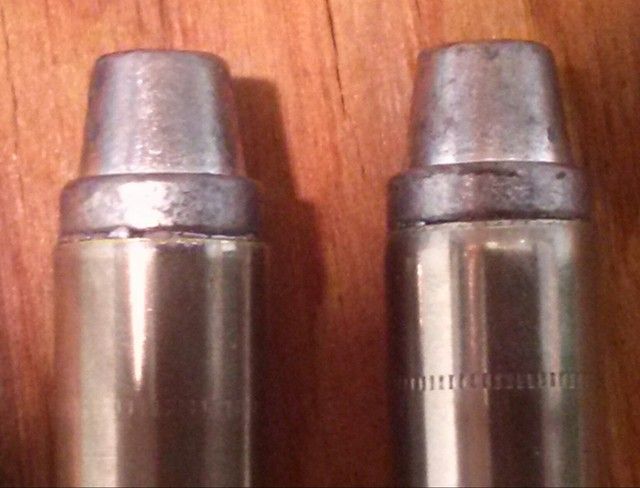The COAL number is a convenience number. It is the agreed upon length that should work in all common firearms in that caliber, without being too long to work through the action or have the bullet jammed in the rifling.
Beyond that, it means nothing. Some guns are very picky about length, others less so. ALSO, specific bullet profile makes a difference.
In one instance I recently heard about a fellow loaded a few rounds for a gun, while waiting on its delivery. He was going to load a few hundred, but I cautioned him to wait until he had the gun in his hands, and he partially took my advice.
The rounds he did load were all within "correct" OAL, but when he got the gun, they would not chamber. The gun he got apparently has a "short" leade, and the bullet he used has a very wide nose. TO get THAT bullet to work in his gun, he had to seat them a bit deeper than published COAL in order for them to work. Another fellow, found that max length rounds in his gun chambered fine, but wouldn't work through his magazine.
Marlin lever guns in .357 & .44 are very critical of over length rounds. Too long, and they won't feed through the action, and you'll have to disassemble the gun to get the ammo out.
In a revolver, its much less important. As long as the bullet doesn't stick out past the front of the cylinder (or jump crimp), you're good to go. No matter where the crimp groove is. Some bullets have more than one crimp groove for just this reason. In one gun the lower groove might work fine, in a different kind of gun, the upper one might be the only viable option.
Hope this helps.

